In service 1937–1943 | Used by United States Produced 1935–? | |
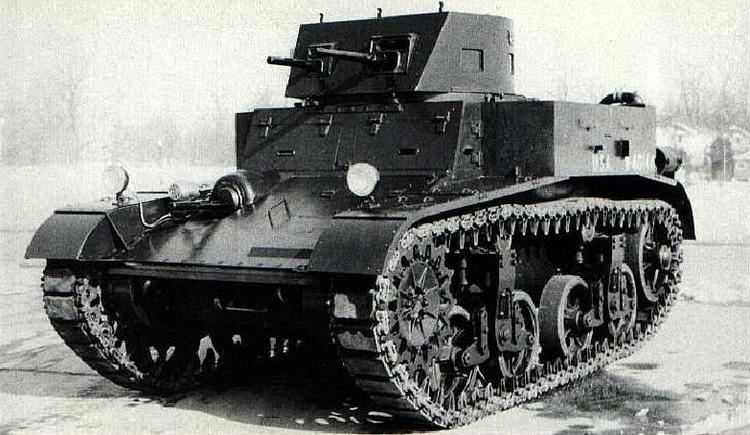 | ||
The M1 Combat Car was a light tank used by the U.S. Cavalry in the late 1930s and developed at the same time as the infantry's very similar M2 light tank. After the Spanish Civil War, most armies, including the U.S. Army, realized that they needed tanks armed with cannons, not merely vehicles armed with machine guns, and so the M1 became obsolete.
Contents
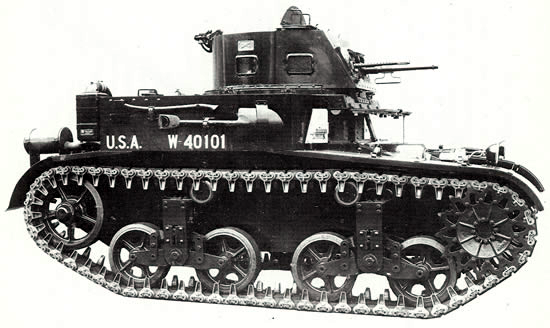
M1 combat car
History and development
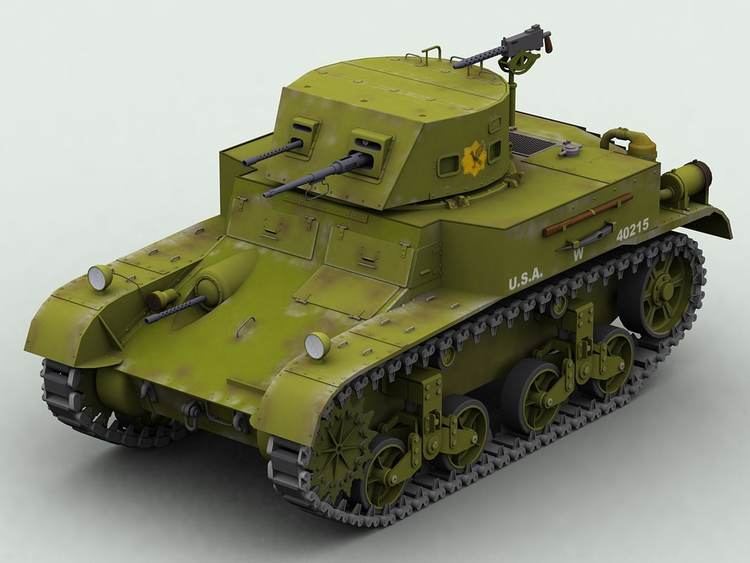
The National Defense Act of 1920 set tanks as the responsibility of the infantry and the general staff defined the purpose of tanks as the support of infantry units. Light tanks were defined as weighing five tons or less – so they could be carried by trucks – and medium tanks no greater than 15 tons to meet bridge weight limits. With very tight restrictions on spending, tank development in the U.S. was limited to a couple of test vehicles a year. The mechanization of the army was promoted by General Douglas MacArthur (Chief of Staff of the US Army) who believed that the cavalry should have tanks for an exploiting role rather than acting in support of the infantry. To allow U.S. Army cavalry units to be equipped with armored fighting vehicles, the tanks developed for the cavalry were designated "combat cars".
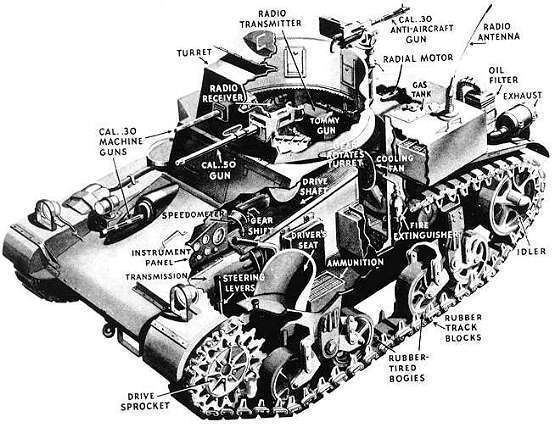
In the mid 1930s, the Rock Island Arsenal built three experimental T2 light tanks inspired by the British Vickers 6-ton tank. At the same time they built a light tank similar to the T2 for the cavalry – the T5 combat car. The only major difference between the two was that the T5 used vertical volute suspension while the T2 had leaf springs as on the Vickers. The T5 was developed further and the T5E2 was accepted for production as the "M1 combat car".

The M1 entered service in 1937. A change to the suspension so that the idler wheel rested on the ground ("trailing") increased the length of track in contact with the ground and improved the ride. Together with a different engine and improved turret, this produced the M2 combat car. In 1940, the distinction between infantry and cavalry tank units disappeared with the establishment of the armored force to manage all tanks in the U.S. Army. The "combat car" name was superfluous, and the cavalry unit tanks redesignated the M1 combat car as the "light tank M1A1" and the M2 combat car as the "light tank M1A2".
Service
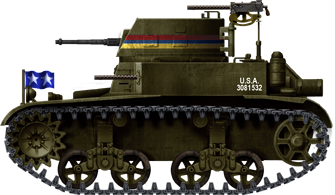
The M1 and M2 combat cars were not used in combat by the U.S. Army during World War II; though some were used for training purposes.
Variants

